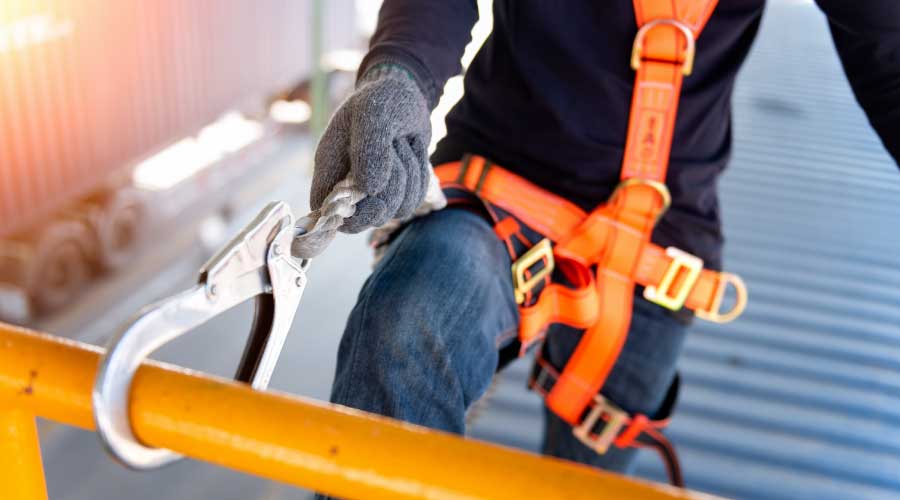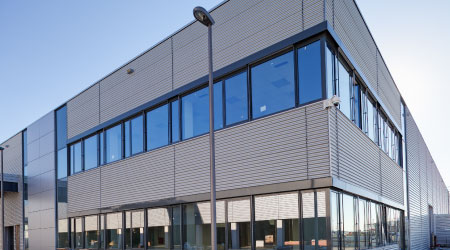Ensuring Long-Term Sustainable Roofing Performance
Sustainability has taken on rock star status in institutional and commercial facilities. Every day, maintenance and engineering managers receive advertisements, flyers, mailings and e-mails touting the exceptional sustainable qualities of a roofing product or material. Beyond the hype — past the common approach of looking at the sustainability of individual roof components and materials — lies the real story of the sustainability of a roof system or assembly.
A roof system is an interacting sandwich of components and materials that, when properly designed, combine to create a durable, long-lasting and watertight fifth wall of a building. These individual components can include the deck, thermal barrier, vapor retarder, air barrier, insulation, cover board, membrane, and surfacing. Only when these individual components are designed, specified, and installed properly into an interconnected system will the roof system meet its intended and sustainable purpose for the organization.
Energy Matters
A sustainable roof must be thermally efficient in order to reduce its impact on surrounding natural resources. Many in the roofing business believe it is sufficient to install insulation that meets the International Energy Conservation Code. But codes are the minimum compliance requirement, not the benchmark of sustainability.
Energy prices are expected to increase 2-4 percent annually over the next 25 years, according to the U.S. Energy Information Administration (www.eia.gov). With that in mind and anticipating that a new sustainable roof will last 20 plus years, the question for managers becomes: Is the minimum code amount of insulation adequate?
Not only do facilities need to install a sufficient amount of insulation. They also need to perform this task using appropriate thermal practices. These practices include installing the insulation in multiple layers with staggered joints, as well as by mechanically attaching the bottom layers and adhering the upper layers. Such practices minimize thermal bridging, and the interlocking staggered bond creates a stable substrate for improved roof performance.
A highly reflective roofing membrane also will help reduce facilities' cooling loads and the membrane's surface temperature. When appropriate, managers should specify a white, highly reflective roof membrane or surface coating. Too often, a manager's only thought when considering a sustainable roof is whether it has a highly reflective surface. But documented evidence exists showing that a small increase in insulation will offset any benefit of a highly reflective roof membrane.
Also, when a building is located in a predominately heating zone, a highly reflective roof might not be appropriate. As with any roofing-material choice, managers need to look at the big picture, not just the color of the roof membrane.
When economically feasible, managers also should consider using the roof area to produce energy from solar radiation, whether in the form of solar electric or solar thermal for heating water. Managers should not install this apparatus at the peril of the roof system.
At the very least, roof installation should take into consideration future opportunities, so when this energy production does become economically feasible, the system will be able to receive the necessary modifications without jeopardizing its long-term performance and watertight integrity.
Related Topics:













